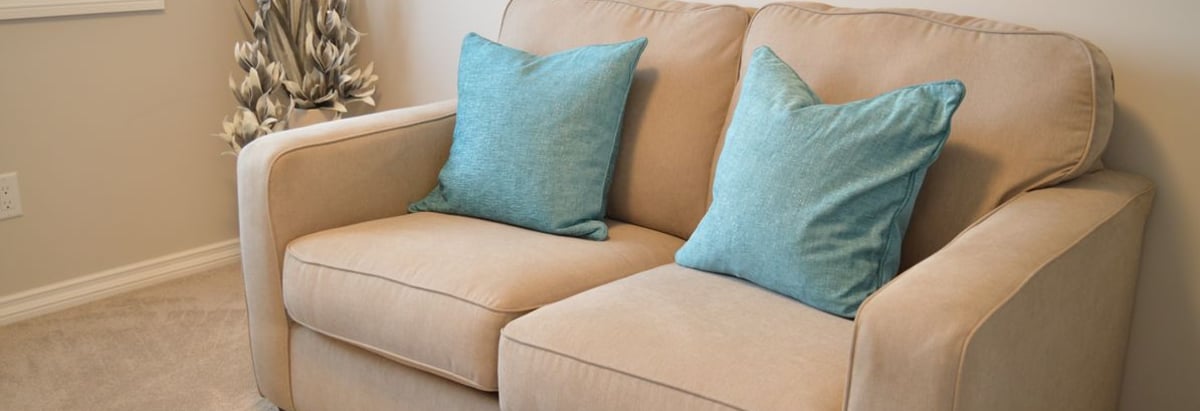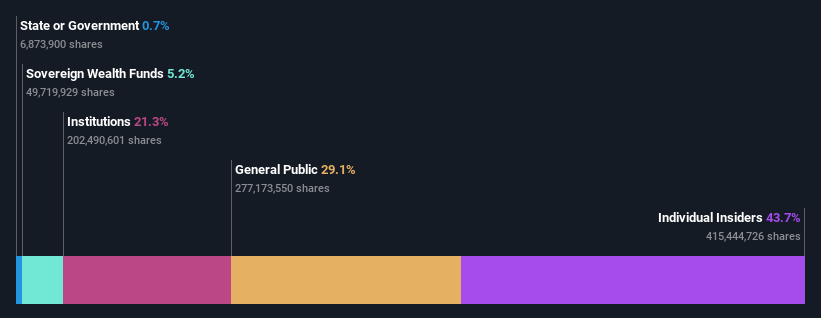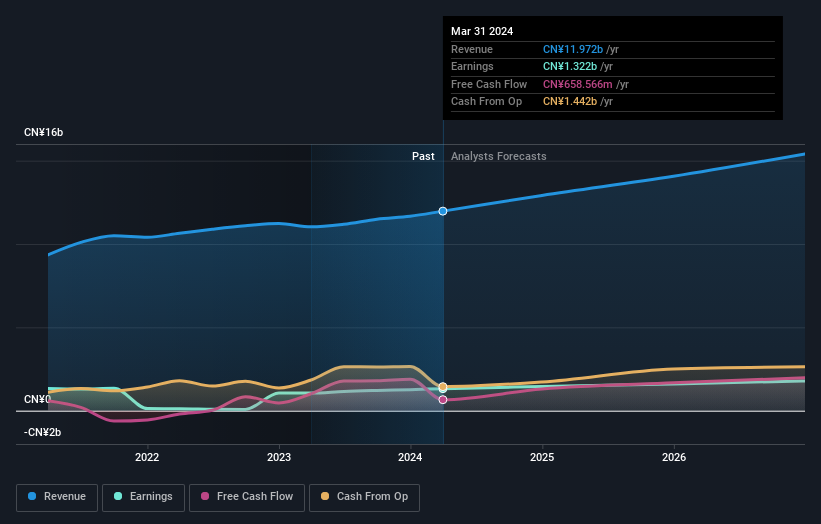- China
- /
- Consumer Durables
- /
- SZSE:002572
With a 44% stake, Suofeiya Home Collection Co., Ltd. (SZSE:002572) insiders have a lot riding on the company

Key Insights
- Suofeiya Home Collection's significant insider ownership suggests inherent interests in company's expansion
- 53% of the business is held by the top 4 shareholders
- Institutions own 21% of Suofeiya Home Collection
If you want to know who really controls Suofeiya Home Collection Co., Ltd. (SZSE:002572), then you'll have to look at the makeup of its share registry. We can see that individual insiders own the lion's share in the company with 44% ownership. Put another way, the group faces the maximum upside potential (or downside risk).
So it follows, every decision made by insiders of Suofeiya Home Collection regarding the company's future would be crucial to them.
Let's delve deeper into each type of owner of Suofeiya Home Collection, beginning with the chart below.
View our latest analysis for Suofeiya Home Collection

What Does The Institutional Ownership Tell Us About Suofeiya Home Collection?
Institutions typically measure themselves against a benchmark when reporting to their own investors, so they often become more enthusiastic about a stock once it's included in a major index. We would expect most companies to have some institutions on the register, especially if they are growing.
We can see that Suofeiya Home Collection does have institutional investors; and they hold a good portion of the company's stock. This can indicate that the company has a certain degree of credibility in the investment community. However, it is best to be wary of relying on the supposed validation that comes with institutional investors. They too, get it wrong sometimes. It is not uncommon to see a big share price drop if two large institutional investors try to sell out of a stock at the same time. So it is worth checking the past earnings trajectory of Suofeiya Home Collection, (below). Of course, keep in mind that there are other factors to consider, too.

We note that hedge funds don't have a meaningful investment in Suofeiya Home Collection. From our data, we infer that the largest shareholder is Ganjun Jiang (who also holds the title of Top Key Executive) with 22% of shares outstanding. Its usually considered a good sign when insiders own a significant number of shares in the company, and in this case, we're glad to see a company insider play the role of a key stakeholder. For context, the second largest shareholder holds about 22% of the shares outstanding, followed by an ownership of 5.2% by the third-largest shareholder.
On looking further, we found that 53% of the shares are owned by the top 4 shareholders. In other words, these shareholders have a meaningful say in the decisions of the company.
Researching institutional ownership is a good way to gauge and filter a stock's expected performance. The same can be achieved by studying analyst sentiments. There are a reasonable number of analysts covering the stock, so it might be useful to find out their aggregate view on the future.
Insider Ownership Of Suofeiya Home Collection
While the precise definition of an insider can be subjective, almost everyone considers board members to be insiders. The company management answer to the board and the latter should represent the interests of shareholders. Notably, sometimes top-level managers are on the board themselves.
Insider ownership is positive when it signals leadership are thinking like the true owners of the company. However, high insider ownership can also give immense power to a small group within the company. This can be negative in some circumstances.
Our most recent data indicates that insiders own a reasonable proportion of Suofeiya Home Collection Co., Ltd.. It has a market capitalization of just CN¥15b, and insiders have CN¥6.5b worth of shares in their own names. That's quite significant. Most would say this shows a good degree of alignment with shareholders, especially in a company of this size. You can click here to see if those insiders have been buying or selling.
General Public Ownership
The general public-- including retail investors -- own 29% stake in the company, and hence can't easily be ignored. This size of ownership, while considerable, may not be enough to change company policy if the decision is not in sync with other large shareholders.
Next Steps:
While it is well worth considering the different groups that own a company, there are other factors that are even more important. Case in point: We've spotted 2 warning signs for Suofeiya Home Collection you should be aware of.
If you would prefer discover what analysts are predicting in terms of future growth, do not miss this free report on analyst forecasts.
NB: Figures in this article are calculated using data from the last twelve months, which refer to the 12-month period ending on the last date of the month the financial statement is dated. This may not be consistent with full year annual report figures.
New: Manage All Your Stock Portfolios in One Place
We've created the ultimate portfolio companion for stock investors, and it's free.
• Connect an unlimited number of Portfolios and see your total in one currency
• Be alerted to new Warning Signs or Risks via email or mobile
• Track the Fair Value of your stocks
Have feedback on this article? Concerned about the content? Get in touch with us directly. Alternatively, email editorial-team (at) simplywallst.com.
This article by Simply Wall St is general in nature. We provide commentary based on historical data and analyst forecasts only using an unbiased methodology and our articles are not intended to be financial advice. It does not constitute a recommendation to buy or sell any stock, and does not take account of your objectives, or your financial situation. We aim to bring you long-term focused analysis driven by fundamental data. Note that our analysis may not factor in the latest price-sensitive company announcements or qualitative material. Simply Wall St has no position in any stocks mentioned.
Have feedback on this article? Concerned about the content? Get in touch with us directly. Alternatively, email editorial-team@simplywallst.com
About SZSE:002572
Suofeiya Home Collection
Engages in the research, development, manufacturing, and sale of furniture products in the People’s Republic of China.
Undervalued with excellent balance sheet and pays a dividend.

